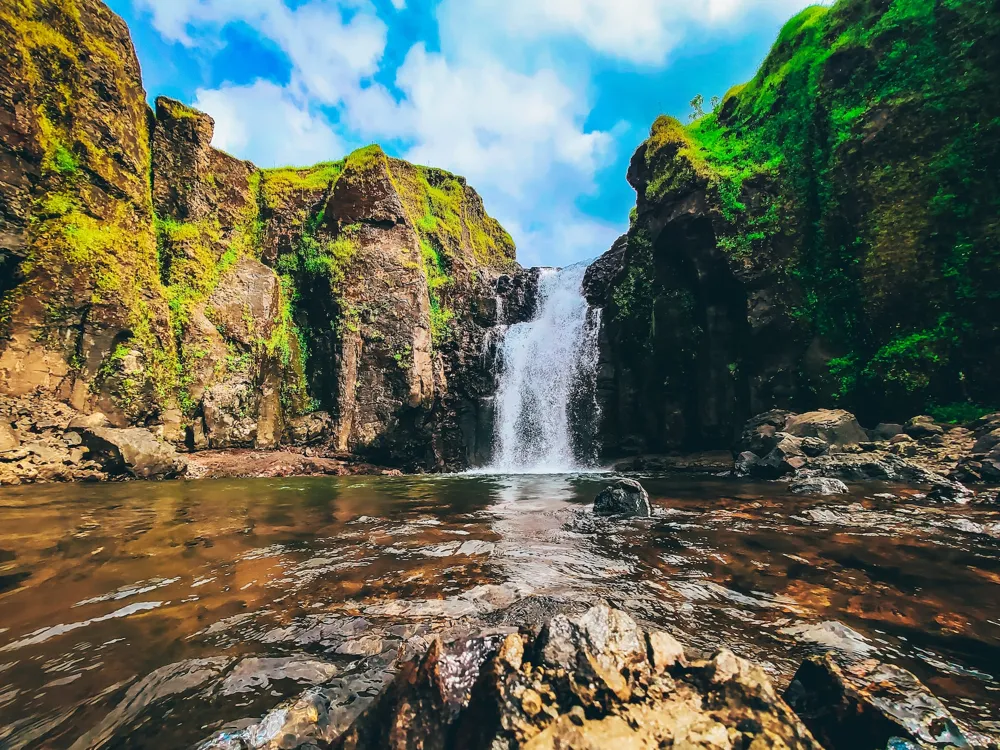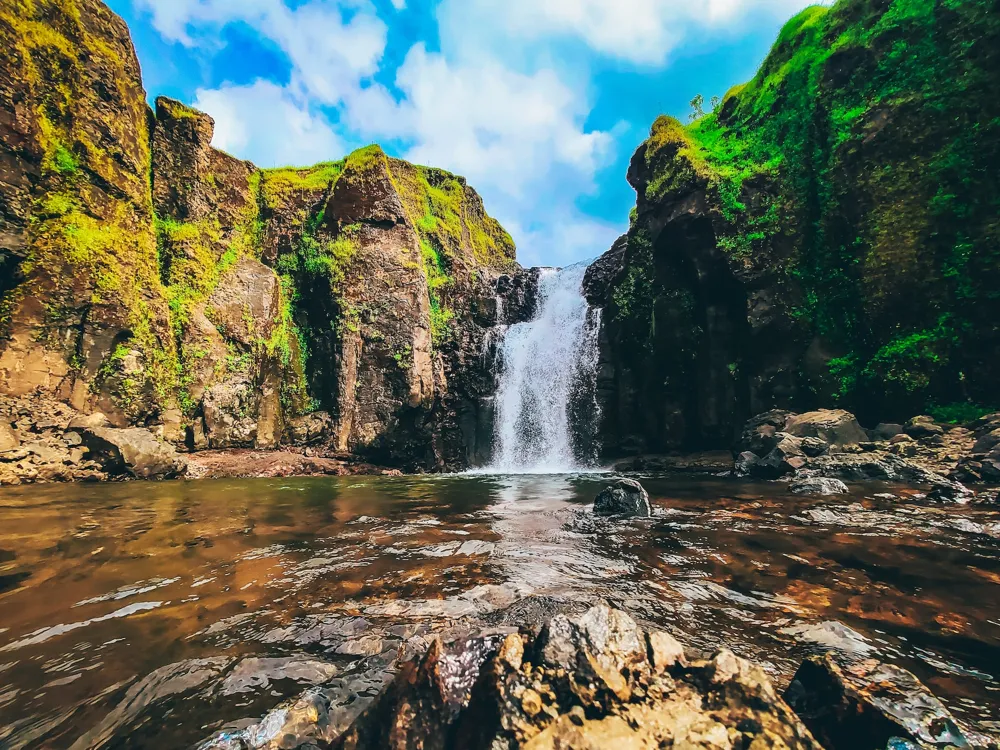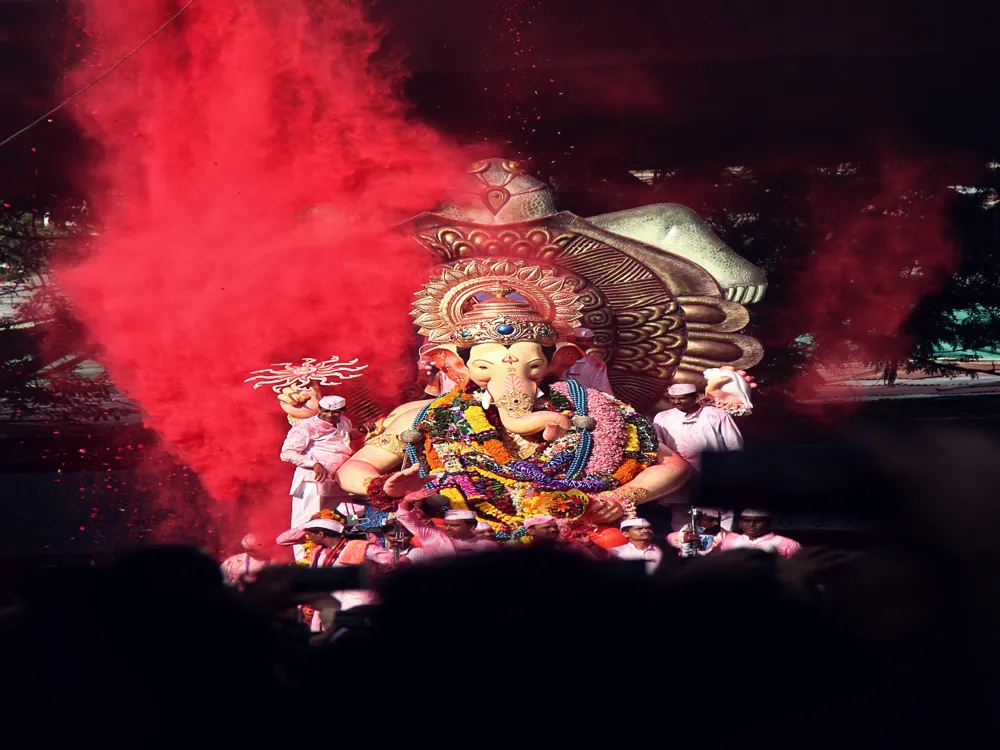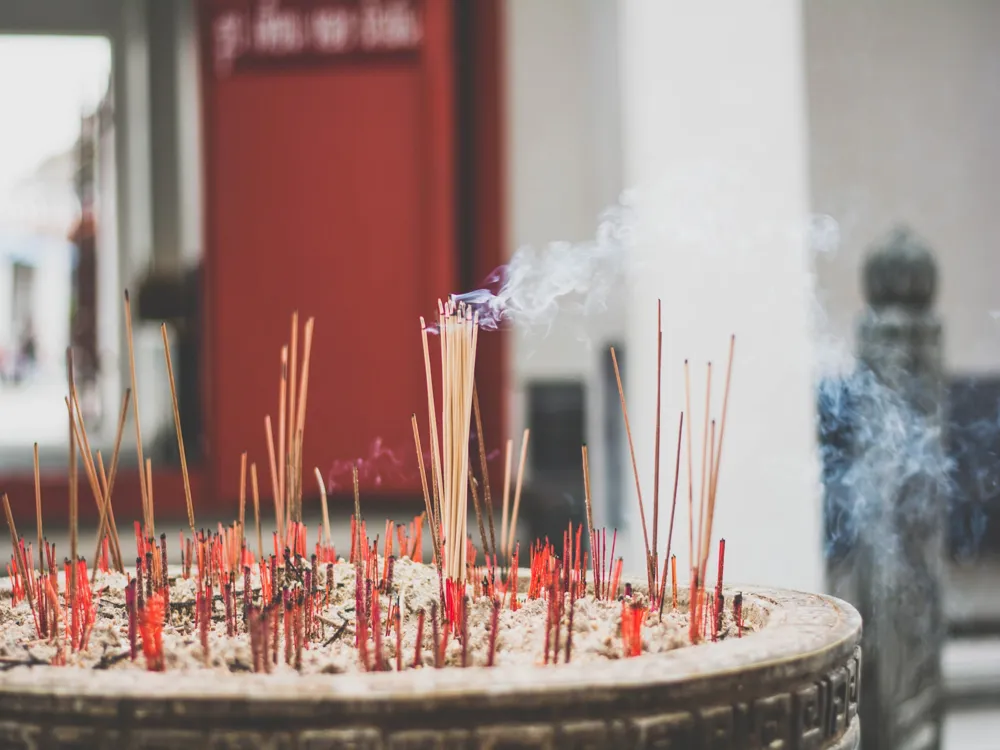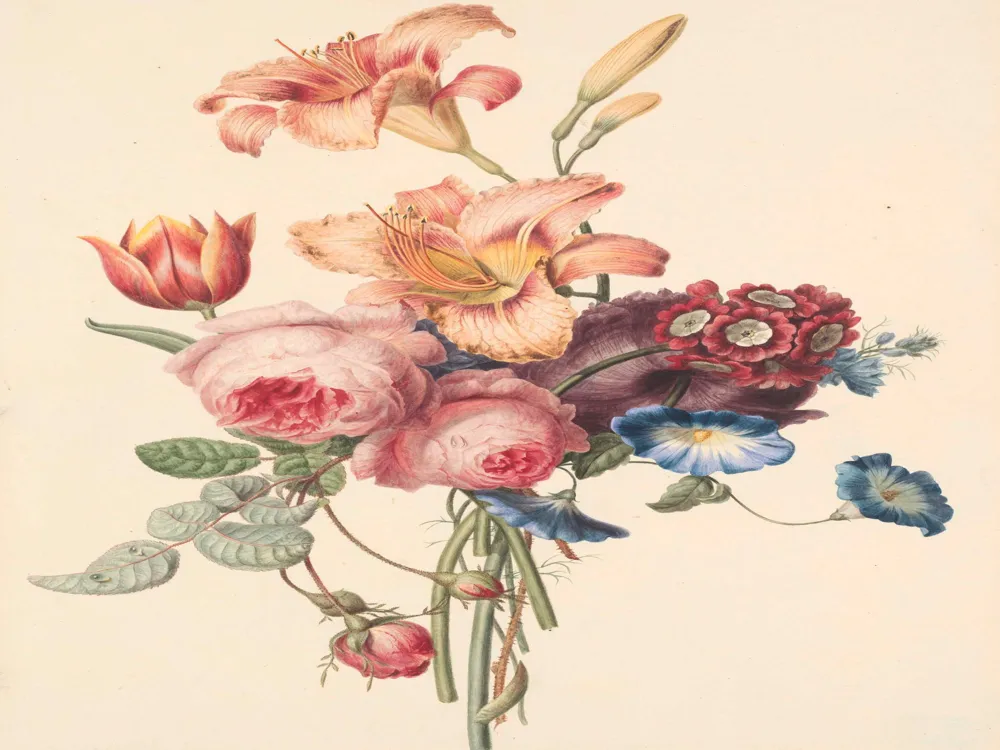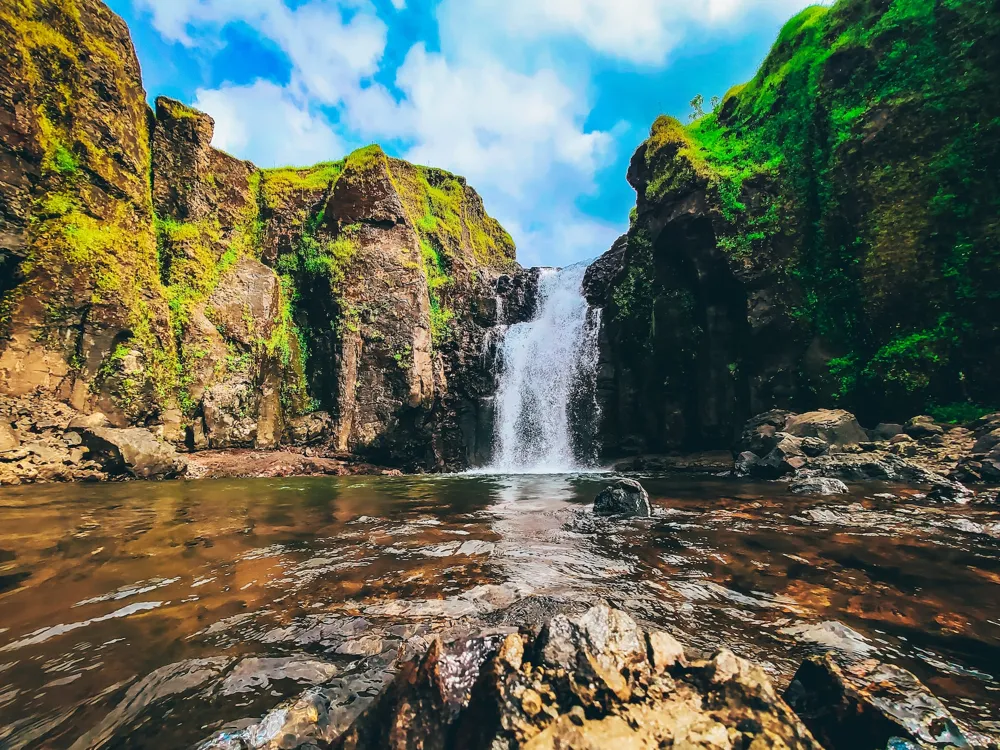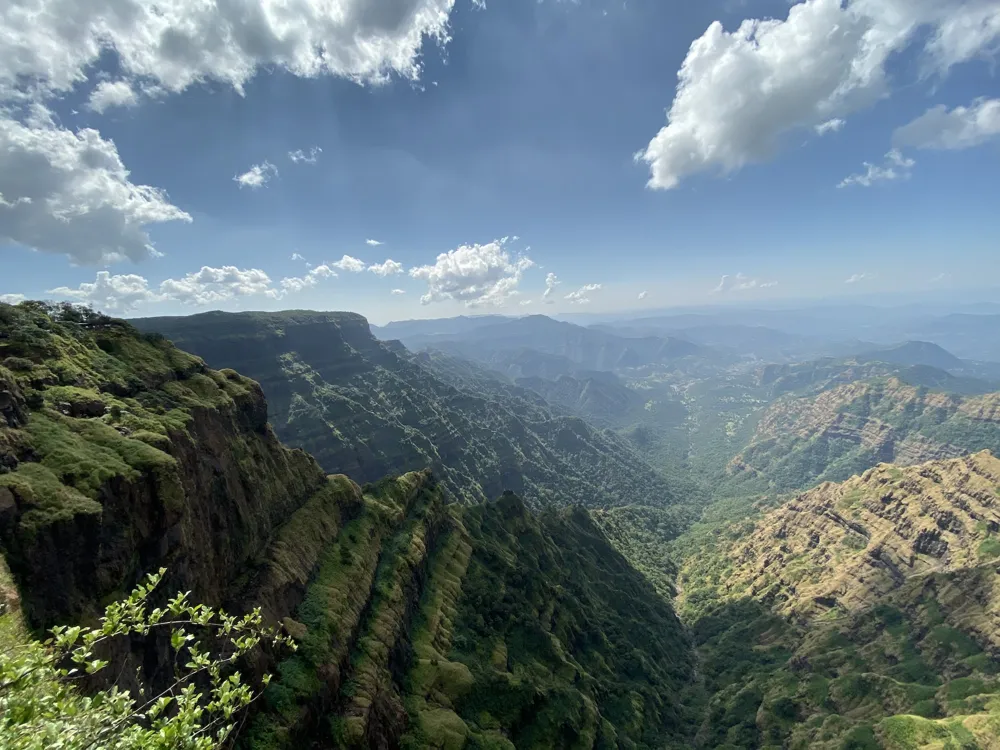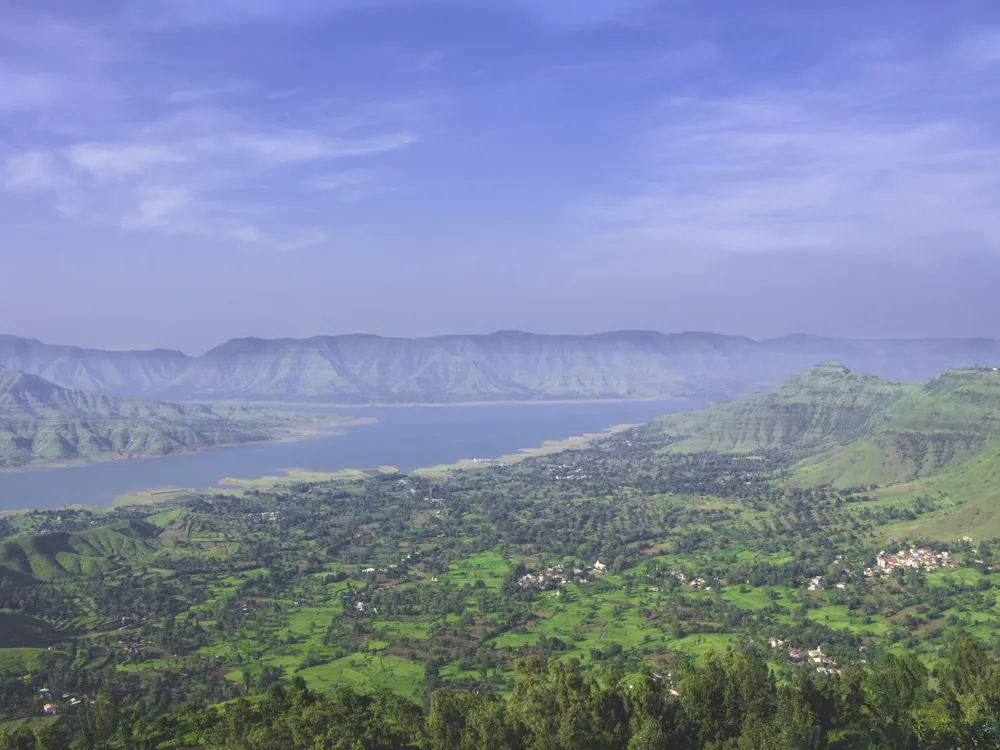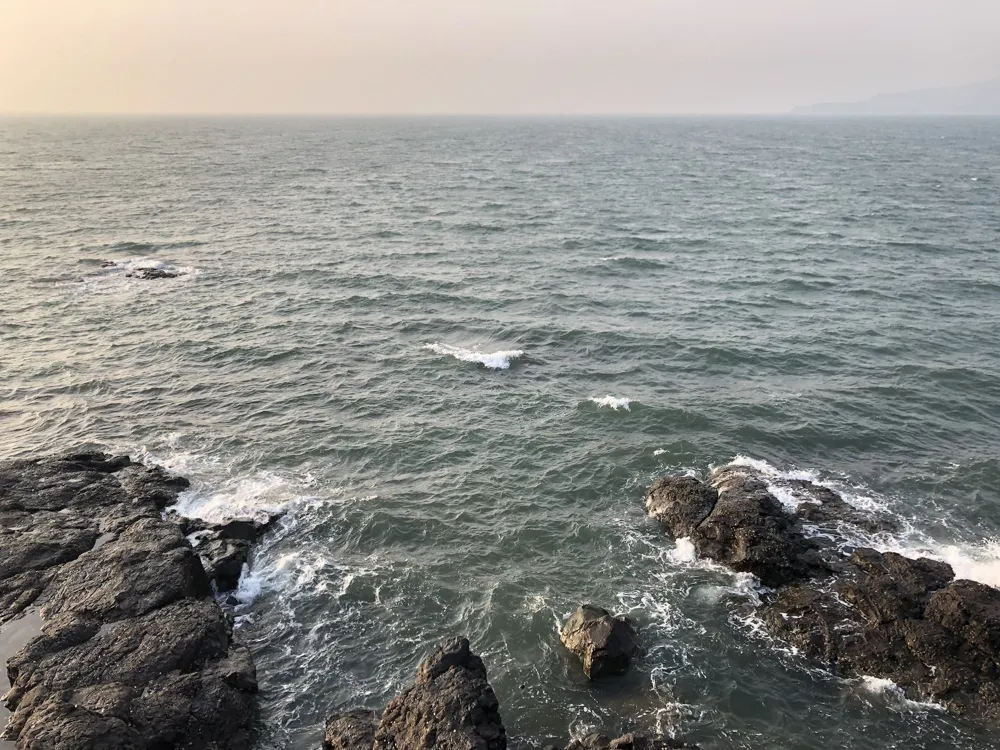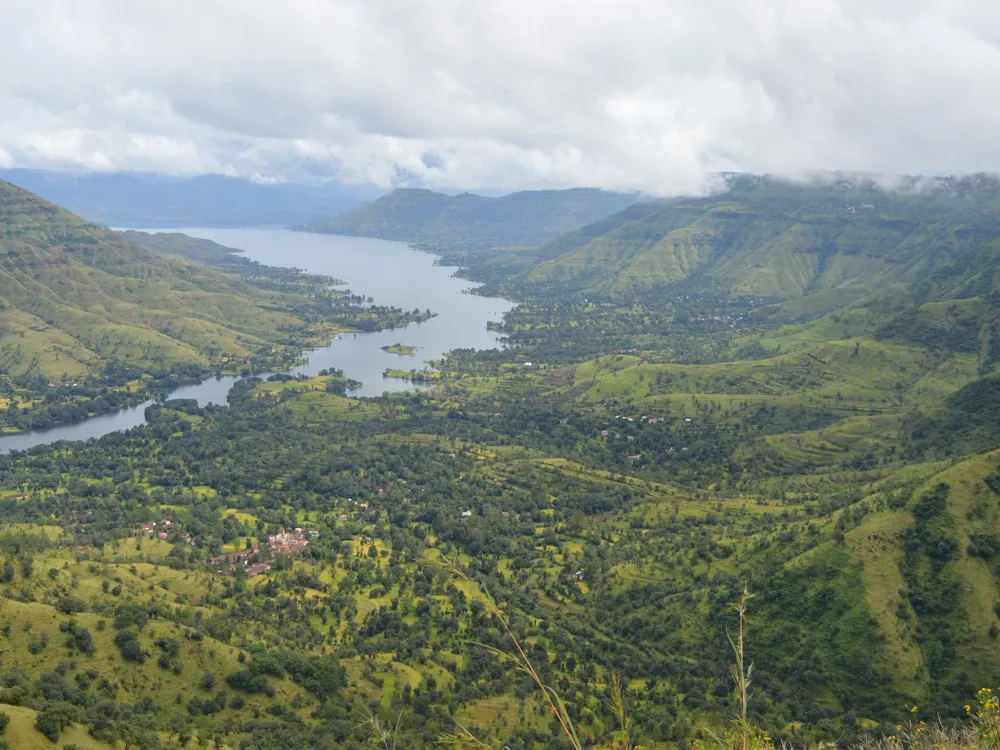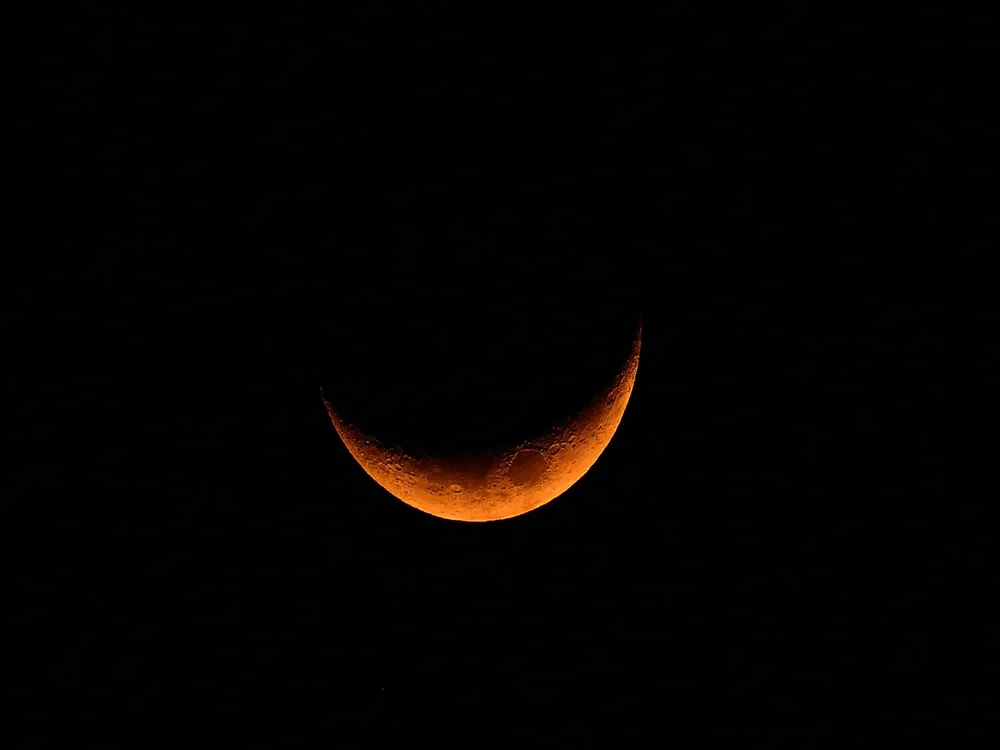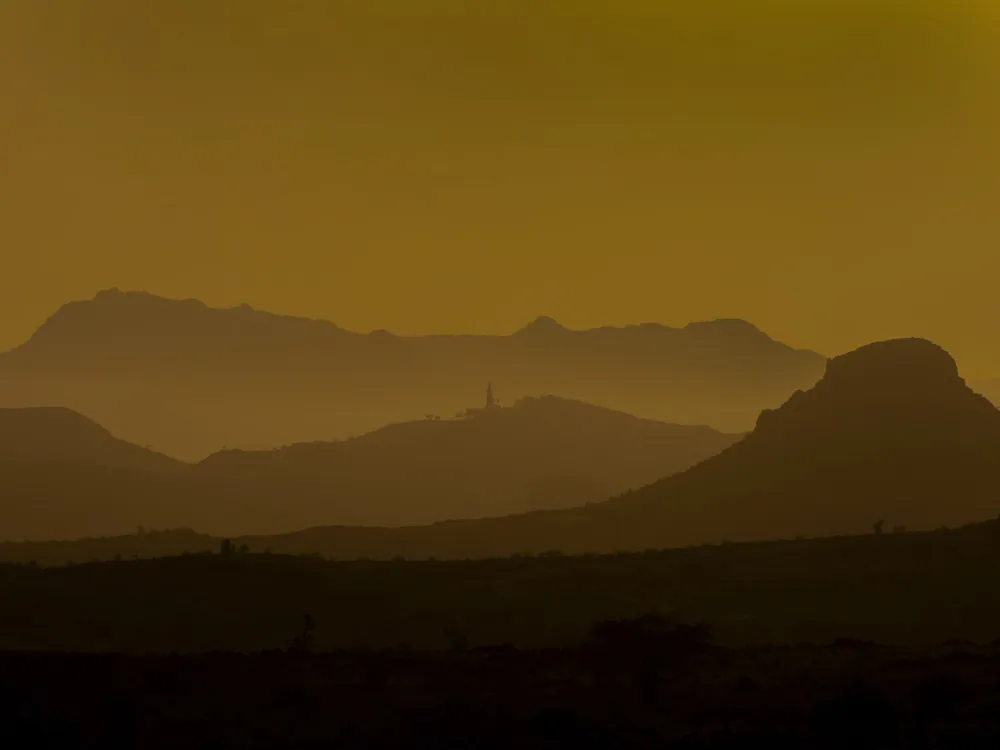Nestled in the serene landscape of Kolhapur, Maharashtra, the Radhanagari Dam stands as a testament to engineering marvel and natural beauty. This majestic dam, also known as the Bhogawati River Dam, is not just a crucial source of water for irrigation and hydroelectric power but also a thriving habitat for diverse flora and fauna. Constructed in the early 20th century, it holds a significant place in India's history of dam construction. The dam's primary purpose is to supply water for agricultural and industrial use in the Kolhapur district. However, over the years, it has become a popular destination for tourists and nature enthusiasts. The dam is situated in the Western Ghats, a UNESCO World Heritage Site, adding to its ecological importance. The Radhanagari Wildlife Sanctuary nearby enhances its attraction, making it a haven for wildlife lovers. The Radhanagari Dam is not only a source of sustenance for the people of Kolhapur but also a symbol of sustainability and harmony with nature. It reflects the balance between human needs and environmental conservation, a principle increasingly relevant in today's world. The architectural design of Radhanagari Dam is a fine example of early 20th-century engineering. The dam, primarily built from stone masonry and earth, stands as a robust structure capable of withstanding severe weather conditions. The design was ahead of its time, employing techniques that were innovative and efficient. Spanning across the Bhogawati River, the dam has a length of about 1034 meters and a height of approximately 42.68 meters. It's designed to have a storage capacity that significantly aids in irrigation and water supply. The spillway section is ingeniously constructed to manage the monsoon waters, a critical aspect given the region's heavy rainfall. Another remarkable feature of the Radhanagari Dam is its incorporation of ecological considerations into its design. The dam's construction took into account the surrounding wildlife and ecosystems, ensuring minimal disruption. This foresight has resulted in the dam being surrounded by lush greenery and diverse wildlife, making it a unique blend of human ingenuity and natural beauty. The ideal time to visit Radhanagari Dam is from October to February. During these months, the weather is pleasant, and the surrounding flora is in full bloom, offering a mesmerizing experience. Visitors are advised to follow safety guidelines, especially near water bodies. It's important to keep a safe distance from the dam's edge and follow any instructions given by the local authorities. As the dam is located in an ecologically sensitive area, tourists are encouraged to practice eco-friendly habits. This includes proper disposal of waste and avoiding plastic usage. Besides the dam, the Radhanagari Wildlife Sanctuary is a must-visit for wildlife enthusiasts. Additionally, the nearby historical sites and temples in Kolhapur offer a glimpse into the region's rich cultural heritage. Radhanagari Dam is well-connected and accessible by various means of transport. The nearest airport is in Kolhapur, approximately 65 kilometers away. For those preferring rail, Kolhapur Railway Station is the nearest, with good connectivity from major cities. Road travel is also a convenient option, as the dam is connected through a network of state and national highways. Local buses, taxis, and car rentals offer easy means to reach the dam from different parts of Maharashtra and neighboring states. Read More:Overview of Radhanagari Dam, Kolhapur
Architecture of Radhanagari Dam
Tips When Visiting Radhanagari Dam
Best Time to Visit
Safety Measures
Eco-friendly Practices
Exploring Nearby Attractions
How To Reach Radhanagari Dam
Radhanagari Dam
Kolhapur
Maharashtra Goa
NaN onwards
View kolhapur Packages
Kolhapur Travel Packages
View All Packages For Kolhapur
Top Hotel Collections for Kolhapur

Private Pool

Luxury Hotels

5-Star Hotels

Pet Friendly
Top Hotels Near Kolhapur
Other Top Ranking Places In Kolhapur
View All Places To Visit In kolhapur
View kolhapur Packages
Kolhapur Travel Packages
View All Packages For Kolhapur
Top Hotel Collections for Kolhapur

Private Pool

Luxury Hotels

5-Star Hotels

Pet Friendly







